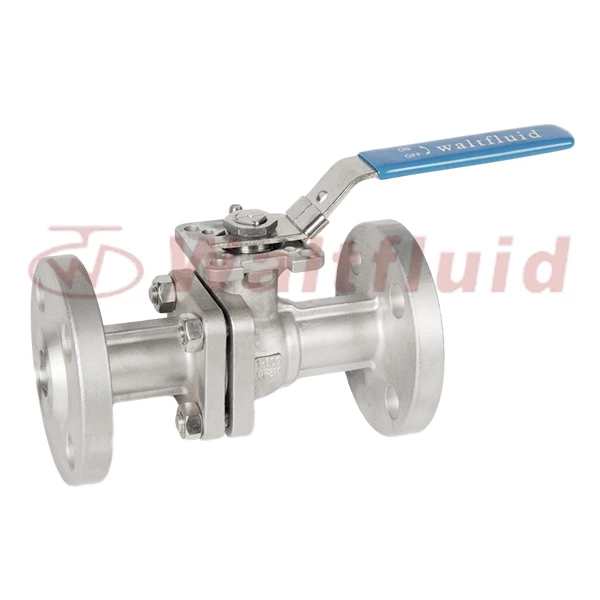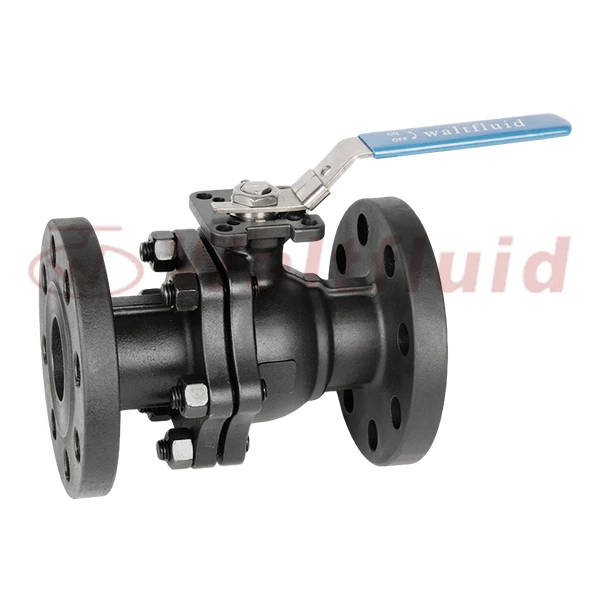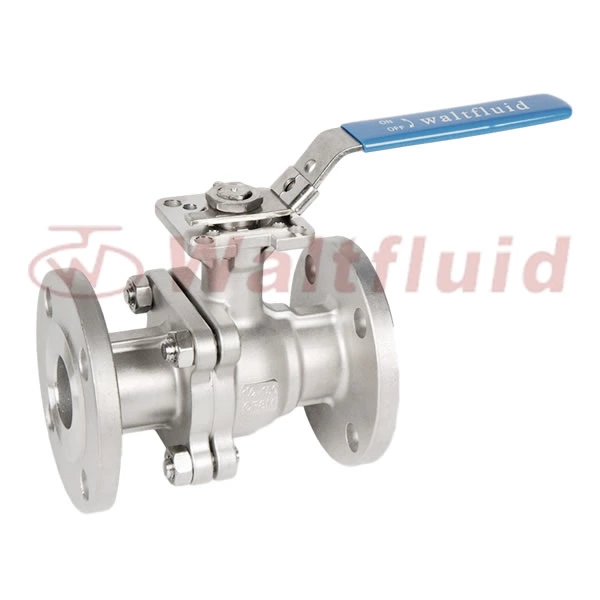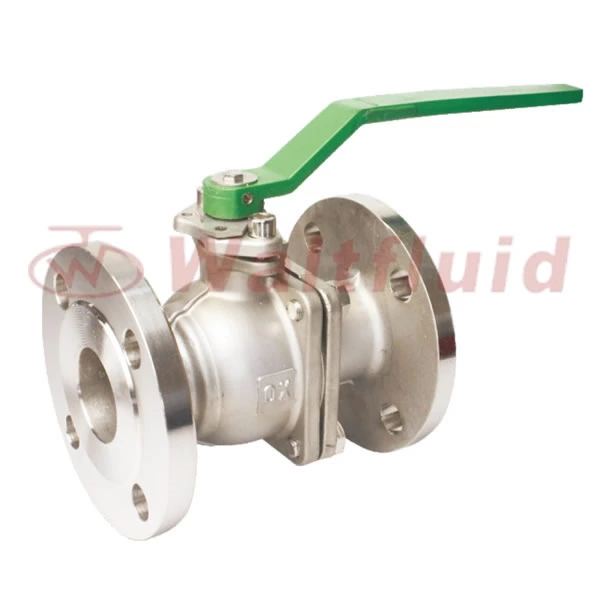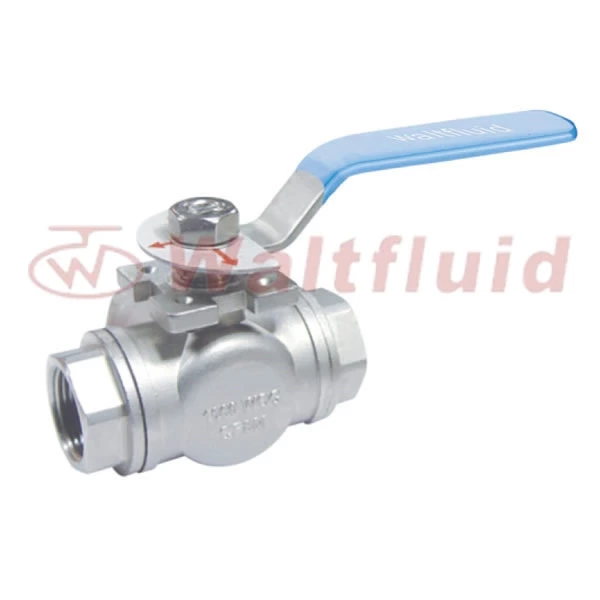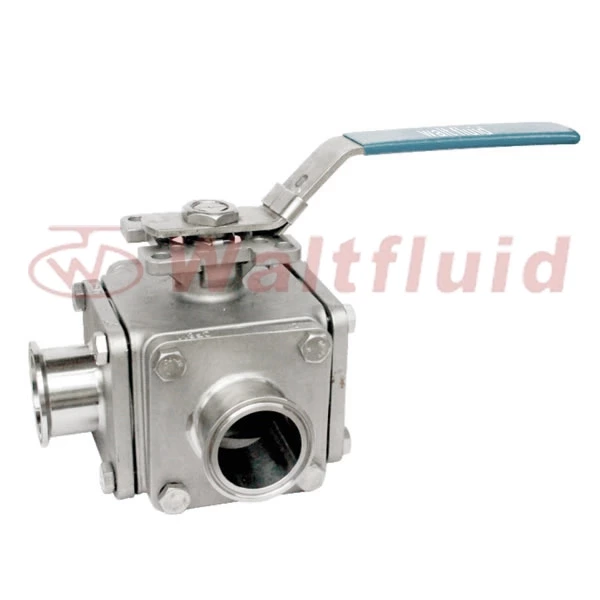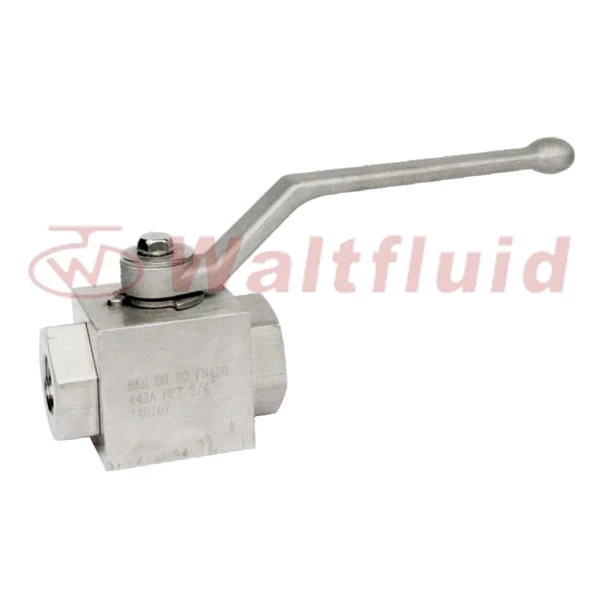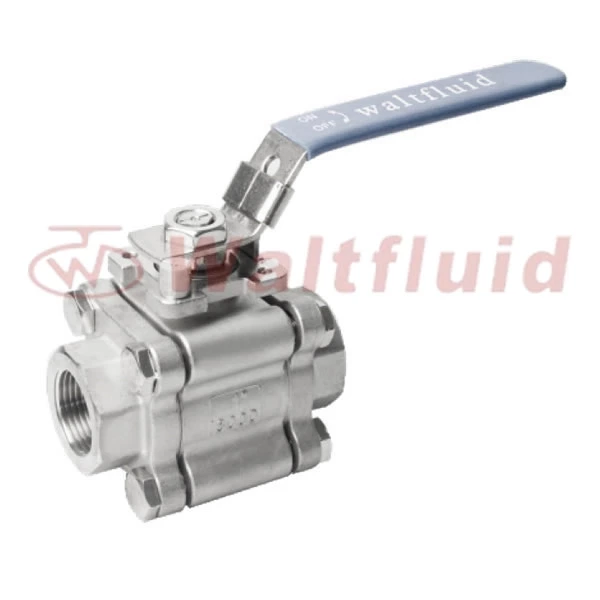Analysis Of The Working Principle And Structural Characteristics Of Stainless Steel Ball Valve
3 Way Ball Valve is a commonly used valve, which is widely used in various industrial pipeline systems due to its corrosion resistance and high temperature resistance. The following is a detailed analysis of the working principle and structural characteristics of the stainless steel ball valve.
1. Working principle
The working principle of the stainless steel ball valve is based on the rotation of the ball to control the flow of the fluid. Its core component is a spherical valve core with a hole (flow channel) on the ball, and the direction of the hole determines the flow path of the fluid.
1.1. Open state
Ball rotation: When the ball valve handle or actuator rotates to the open position, the hole of the ball is aligned with the pipe in the valve body. The fluid can flow smoothly through the hole of the ball, thereby achieving smooth flow of the fluid.
Fluid flow: The fluid flows through the hole inside the valve, and the flow rate is related to the size of the hole in the ball and the pressure of the fluid.
1.2. Closed state
Ball rotation: When the ball valve handle or actuator rotates to the closed position, the hole in the ball is perpendicular to the pipe of the valve body. At this time, the hole blocks the path of fluid flow.
Sealing effect: The spherical surface of the ball forms a seal with the valve seat to prevent the fluid from passing through the valve, thereby achieving the closing function.
1.3. Adjustment state (some ball valves)
Adjustment function: Some ball valves are designed with an adjustment function to adjust the flow between opening and closing. The holes in the ball are designed in different shapes (such as adjustment holes) to achieve flow adjustment.
2. Structural features
2.1. Ball
Material: Usually made of high-quality stainless steel (such as 304, 316, 316L) to provide excellent corrosion resistance and wear resistance.
Shape: The ball is round with a hole in the middle. The diameter and position of the hole determine the flow path of the fluid.
Surface treatment: The ball is usually polished to reduce friction and wear in fluid flow and improve sealing.
2.2. Valve seat
Material: Commonly used valve seat materials include PTFE (polytetrafluoroethylene), PPL (polypropylene) and metal materials. PTFE has excellent corrosion resistance and high temperature resistance.
Function: The valve seat is in close contact with the surface of the ball when the ball is closed, providing sealing performance and preventing fluid leakage.
2.3. Valve body
Material: The valve body is usually made of stainless steel or other alloy steel to provide strength and corrosion resistance.
Structure: The valve body contains the installation position of the ball and the valve seat, and is also equipped with inlet and outlet connecting pipes.
2.4. Drive device
Manual drive: The valve is operated by a handle, usually 90 degrees to open or close.
Electric drive: Use electric actuators to automatically control the opening and closing of the valve, which is suitable for occasions requiring remote control or automatic control.
Pneumatic drive: Use pneumatic actuators, which are suitable for applications requiring fast switching.
2.5. Sealing design
Sealing ring: The valve is equipped with sealing rings (such as O-rings and V-rings) inside. These sealing rings ensure reliable sealing performance when the ball is closed to prevent fluid leakage.
Sealing material: Commonly used sealing materials include PTFE, NBR (nitrile rubber), etc., and suitable sealing materials are selected according to different media and temperatures.
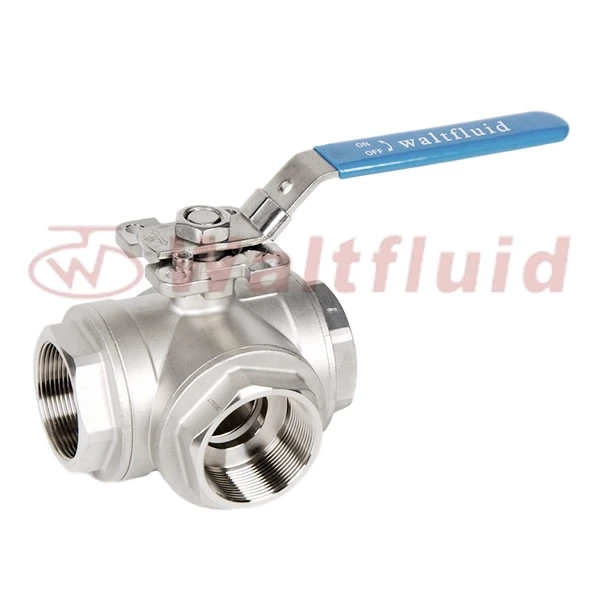
 English
English 中文
中文 Pусский
Pусский  Español
Español
